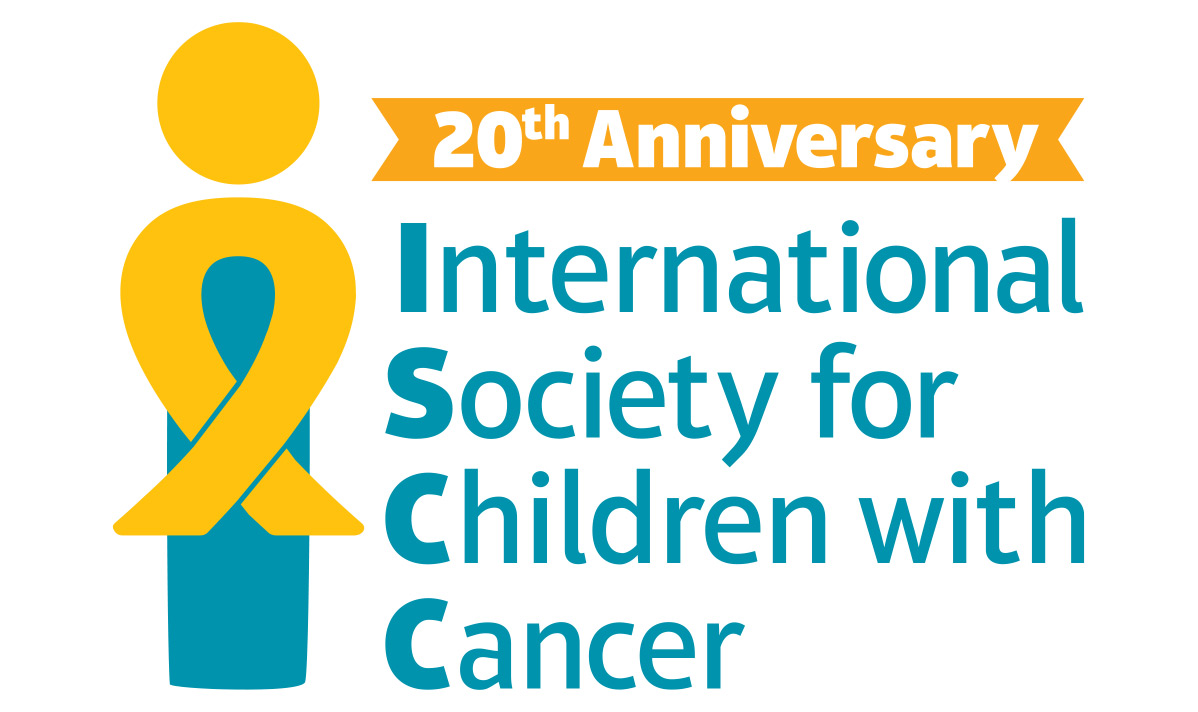At least one-third of all cancer cases are preventable. Prevention offers the most cost-effective long-term strategy for the control of cancer.
Tobacco
Tobacco use is the single greatest avoidable risk factor for cancer mortality worldwide, causing an estimated 22% of cancer deaths per year. In 2004, 1.6 million of the 7.4 million cancer deaths were due to tobacco use.
Tobacco smoking causes many types of cancer, including cancers of the lung, esophagus, larynx (voice box), mouth, throat, kidney, bladder, pancreas, stomach and cervix. About 70% of the lung cancer burden can be attributed to smoking alone. Second-hand smoke (SHS), also known as environmental tobacco smoke, has been proven to cause lung cancer in nonsmoking adults. Smokeless tobacco (also called oral tobacco, chewing tobacco or snuff) causes oral, esophageal and pancreatic cancer.
Tobacco and cancer: evidence and monitoring
Implementation tools
Tobacco Free Initiative
Physical inactivity, dietary factors, obesity and being overweight
Dietary modification is another important approach to cancer control. There is a link between overweight and obesity to many types of cancer such as oesophagus, colorectum, breast, endometrium and kidney. Diets high in fruits and vegetables may have a protective effect against many cancers. Conversely, excess consumption of red and preserved meat may be associated with an increased risk of colorectal cancer. In addition, healthy eating habits that prevent the development of diet-associated cancers will also lower the risk of cardiovascular disease.
Regular physical activity and the maintenance of a healthy body weight, along with a healthy diet, will considerably reduce cancer risk. National policies and programmes should be implemented to raise awareness and reduce exposure to cancer risk factors, and to ensure that people are provided with the information and support they need to adopt healthy lifestyles. Continue reading…










